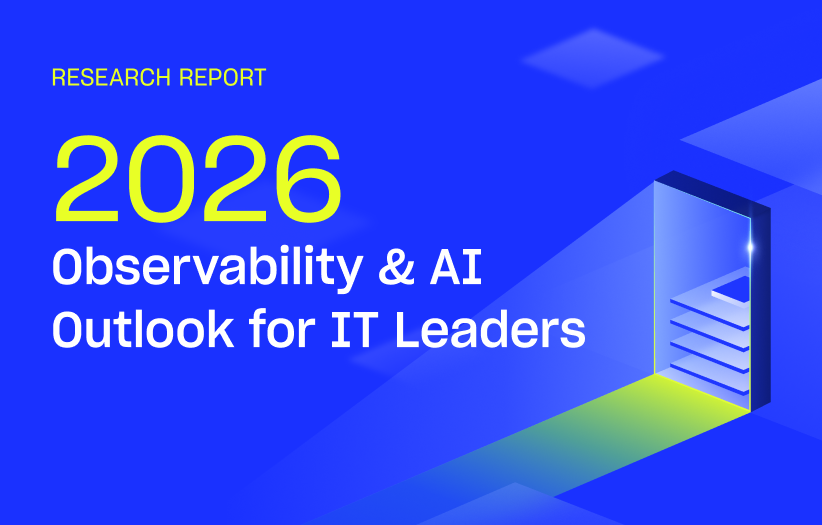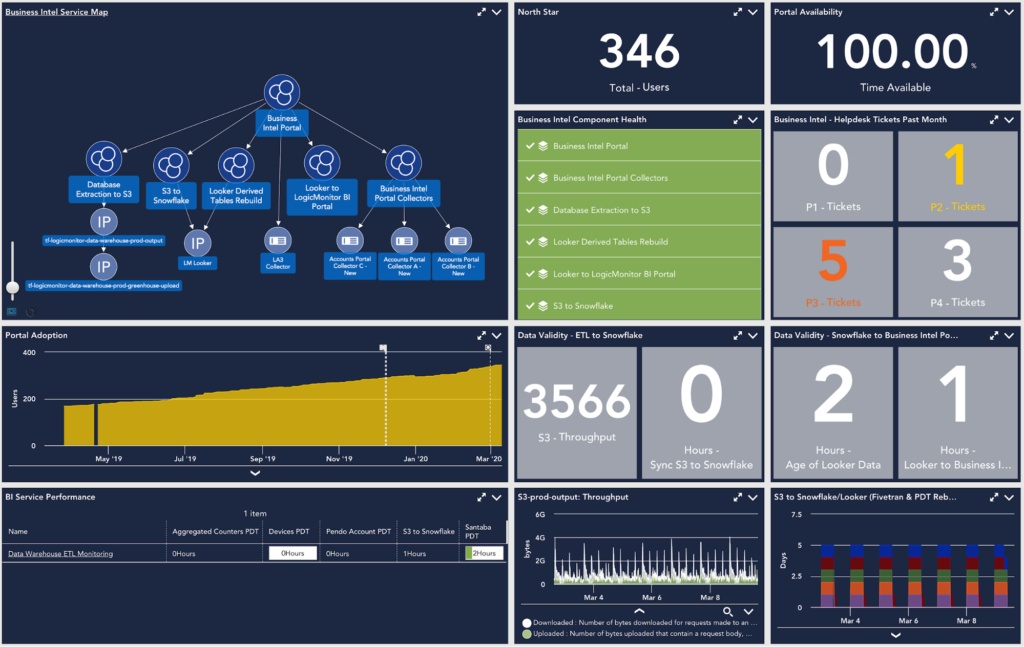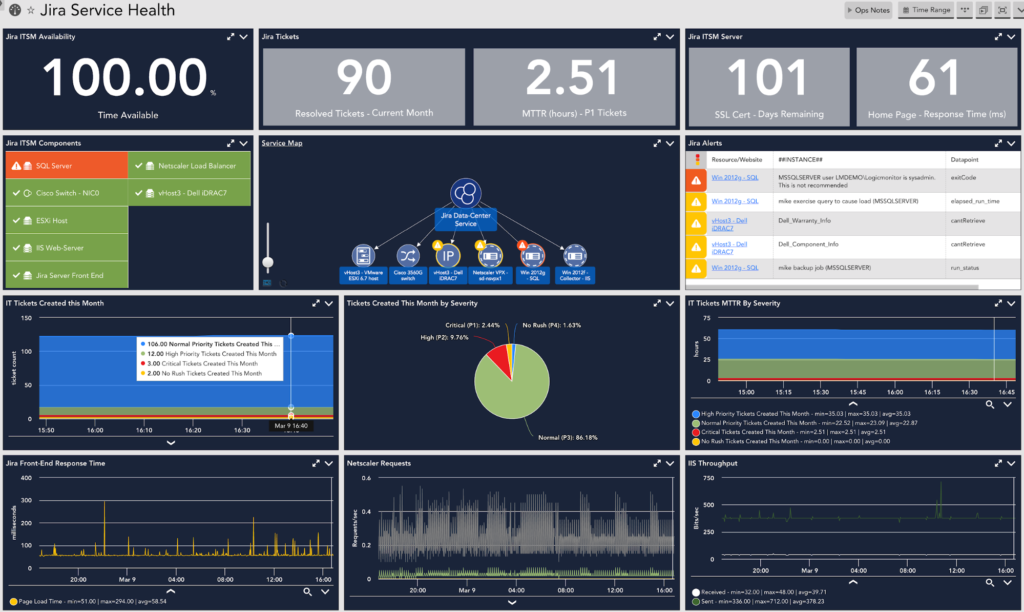Beyond Monitoring: From Bits and Bytes to Business-Level KPIs

LogicMonitor + Catchpoint: Enter the New Era of Autonomous IT

Proactively manage modern hybrid environments with predictive insights, intelligent automation, and full-stack observability.
Explore solutionsExplore our resource library for IT pros. Get expert guides, observability strategies, and real-world insights to power smarter, AI-driven operations.
Explore resources
Our observability platform proactively delivers the insights and automation CIOs need to accelerate innovation.
About LogicMonitor
Get the latest blogs, whitepapers, eGuides, and more straight into your inbox.
Your video will begin shortly
When discussing monitoring with IT and technical operations teams, it comes as no surprise that every team has its own parameters and requirements for their particular environment. Some teams just need an up-down of specific devices or interfaces, and others need more granular metrics like JVM or database performance. At the end of the day though, everyone is responsible for a service. Your service might be a public-facing website, it could be internet access at a remote location, or it might be an internal tool, like a support ticketing system.
There has been a trend recently for practitioners and executives alike to have a unified view of the “health” of their service. What is commonly found though, is that reporting on the overall status, or health, of a service, is not straightforward. This is especially true for environments that are supported by diverse or ephemeral infrastructure. While most teams can define the key metrics that must be in good standing for their service to be healthy, they are stopped short of this goal due to their disparate and/or inflexible tooling.
A majority of the technical teams that we talk to typically use a mix of monitoring solutions that were purpose-built for one layer of today’s infrastructure stack. They are using a tool (or module) for monitoring the network, another tool for monitoring the servers, and yet another tool for monitoring the applications and databases. While some of these tools and modules can be integrated to give you a dashboard with metrics from each layer, they are not truly integrated and therefore can’t aid in correlating the performance of individual components with the health of the overall service.
In addition to the countless hours of time that are recovered when a unified monitoring and reporting system is put in place, it is just as imperative to connect the dots between the infrastructure and the team-level, or business-level KPIs.
Teams are frequently asked to diagnose or report on the overall health of their service, and for most, this is a daunting task. Let’s take a true-to-life example. At LogicMonitor, the Business Systems team maintains a business intel portal that is consumed by numerous cross-functional teams throughout the company. For us, this portal is our service. To accurately report on the successful delivery of our service, we must have visibility into metrics that range from infrastructure performance to consumer-grade KPIs.

For this portal to operate effectively, a number of components must be performing optimally: the database-extraction application must send the data to Amazon’s S3, a third-party ETL-service pushes the data from S3 to our data warehouse, and an internally-built and hosted application then moves the data into our portal.
To nobody’s surprise, we use LogicMonitor to keep an eye on our ETL pipeline, as well as our portal’s successful delivery to our (internal) “customers.” From the throughput on our S3-buckets all the way to the number of weekly active users accessing our business intel portal.
When all is said and done, this is the joint responsibility of the team, from the engineers to management. We know that if our portal is not working properly, trust in the service deteriorates, and our active user count dwindles.
LogicMonitor’s customers are using the platform in exactly this way: to bridge the gap between the infrastructure that supports the mission-critical applications, and the metrics that are used to grade the success of these services. This is only possible with a tool like LogicMonitor because it has been built from the ground up to provide comprehensive visibility into all layers of the infrastructure, as well as limitless flexibility to monitor any metrics deemed relevant to the health of the service.
LogicMonitor is what allowed Ted Baker to extract ERP insights relevant to both executives and IT Teams. As Stuart Carrison, Ted Baker’s head of IT stated, “What’s unique about using LogicMonitor is that we can provide information to the business about how the business is performing.”
In order to provide a less abstract example of the service-centric approach to monitoring, let us look at a common service that IT teams are responsible for: an internal ITSM tool like Jira.

In this case, our dashboard is comprised of underlying infrastructure components, along with counters of tickets pertaining to our Jira portal. As mentioned before, LogicMonitor provides a holistic picture of our service: from hardware health all the way through to team-level goals.
For those looking to build out their service-based approach to tooling and monitoring, here are a couple of recommendations and food-for-thought as takeaways:
If you are interested in learning more about LogicMonitor’s business intelligence capabilities, connect with your customer success manager or attend a weekly demo to see LogicMonitor in action.
© LogicMonitor 2026 | All rights reserved. | All trademarks, trade names, service marks, and logos referenced herein belong to their respective companies.
